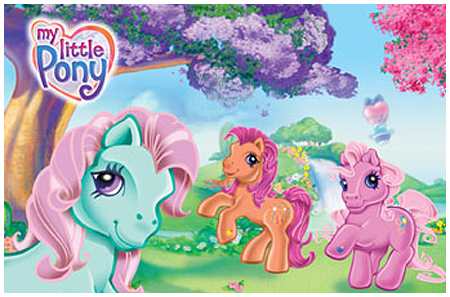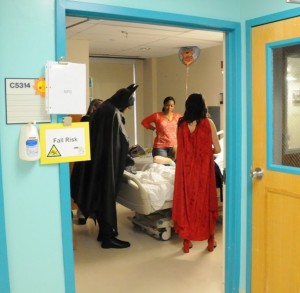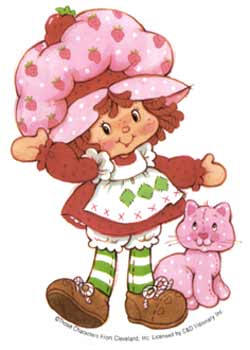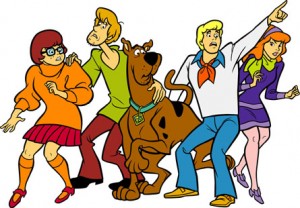
If I was a child of the 1980s, program-length commercials of My Little Pony would have given me reason to wake up early on Saturday mornings, assuming that is when the show aired. For this assignment, I watched an episode of My Little Pony, titled “Bright Lights”, which first televised on October 13, 1986. In this episode, the three baby ponies are kidnapped by two circus performers who force the ponies to sing and dance. While doing so, the shadows of the three ponies are stolen from them by the circus performers, and as a result the ponies are drained of their energy and talent. It is explained that the ponies’ shadows, and all other shadows, are the source of power needed to fuel Erebus, the villain of this episode. The rest of the episode focuses on the search party led by the other ponies and two children, Megan and Molly, and their quest to rescue the baby ponies. After many chase scenes, the baby ponies are finally rescued, their shadows and all other previous stolen shadows are returned to their rightful owners, and Erebus is defeated.
My Little Pony, along with most other 1980s toy-based programs, focused all of its attention on kids, and kids alone. Gary Cross mentions this 1980’s toymaker trend of catering just to children in his work “Spinning Out of Control”, he writes: “One toy executive in 1983 claimed that 90 percent of toy consumption was driven by children’s wants; toymakers convinced themselves that they served children’s desires, not those of adults” (290). My Little Pony justifies this claim, for it is a show about flying pastel-colored ponies who sing and dance, what more could a child ask for? Cross makes further arguments surrounding the idea that children’s television and play of the ’80s differed from that of the previous decades. Not only was play of the ’80s seemingly focused solely on children’s desires, but even more bothersome to parents was this new generation of TV programs that completely disregarded reality and emphasized fantasy. Cross states: “The old view that children should learn from the past and prepare for the future is inevitably subverted in a consumer culture where memory and hope get lost in a blur of perpetual change” (290). Traditionally, the purpose for play was to prepare children for adulthood and their predestined roles; boy’s play was more physical, and girl’s play more nurturing. The 1980s broke these traditions and replaced them with a more imaginative form of play, which was free from adult intervention. In the episode I watched of My Little Pony, there were no human adults present; rather, the character that seemed to be in charge most of the time, Megan, looked no older than ten years old. This concept of an adult-free fantasy world was all too appealing to kids, and at the same time bothersome to the parents.
Talking ponies, villains who devour shadows, and zebra sidekicks–it is safe to say that My Little Pony contained very little reference to the “real world”, but this does not mean the show was of no value to children. While this PLC may not have prepared kids for their future adulthood roles, it did allow for creativity and imagination to flourish. My Little Pony also incorporated valuable lessons on friendships, teamwork, and forgiveness. Based on our so far study of toys and the reactions they have received from adults over the years, I think it is fair to say that parents are hard to please. If toys are too realistic, parents seem to complain that they provoke violence, but if toys are not realistic enough then parents see no benefit to them. Toys are for kids, thus I think the strategy of the 1980s, which focused on the children’s wishes rather than the adults, should be praised.








